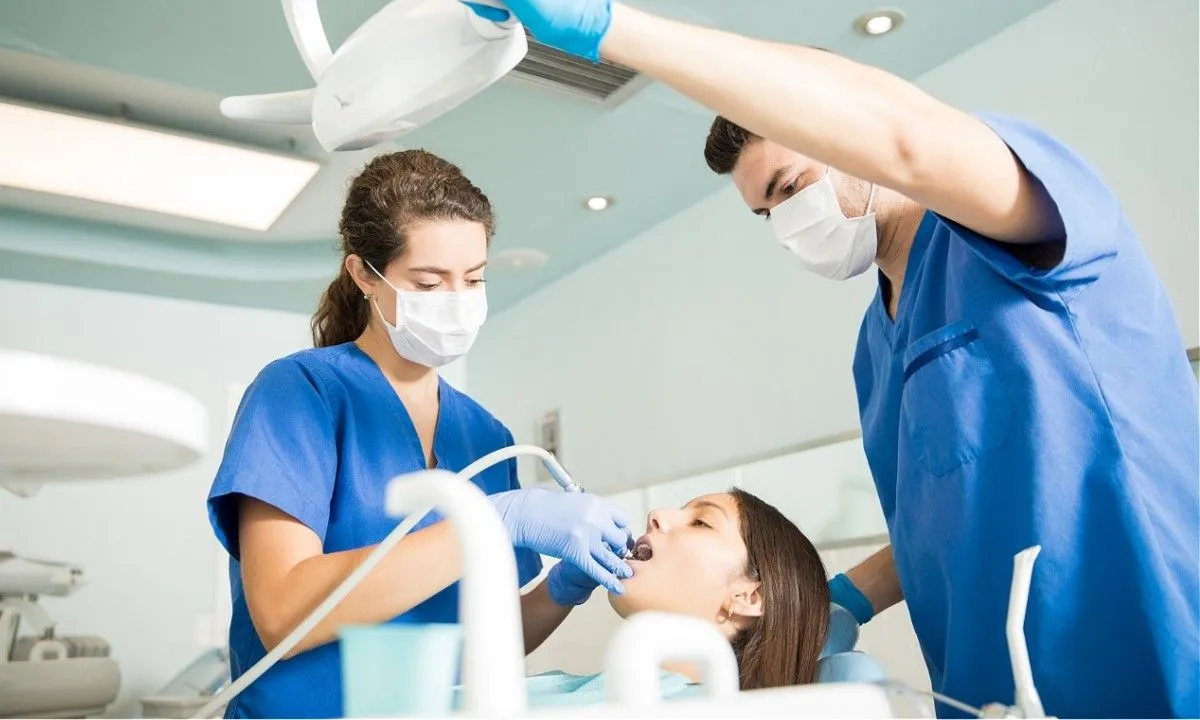This summer, New York families are set to receive direct financial relief ranging from $350 to $1,500 through the expanded School Tax Relief (STAR) program. The program is designed to provide immediate support to households dealing with rising costs, including school expenses, energy bills, and general living costs. Governor Kathy Hochul emphasized that this relief comes at a critical time, aiming to help families and seniors across the state manage inflation pressures.
Table of Contents
What the STAR Program Offers
The STAR program has long been a way for New York homeowners to reduce property taxes. This year, it has been updated to include direct payments in addition to traditional tax breaks. The aim is to provide more immediate assistance to residents. Unlike previous years, the new payments do not require families to apply again if they are already registered under STAR. This automatic distribution ensures timely support and minimizes administrative delays.
Residents in both major cities such as New York City, Buffalo, Rochester, and Syracuse, as well as smaller towns and rural communities, are eligible. The program is inclusive and ensures that the benefits reach those who need it most, whether they live in a large metropolitan area or a rural county. Families can use the payments for everyday expenses, helping ease the financial burden caused by high costs of living.
Who Qualifies and How Much You Can Receive
Payments vary depending on household income, age, and property eligibility. Seniors are prioritized through the Enhanced STAR program, reflecting the recognition that older residents often rely on fixed incomes and face higher medical and utility costs. Existing STAR participants will automatically receive payments without the need for reapplication.
| Beneficiary Group | Requirements | Relief Amount |
| Basic STAR | Annual income under $500,000 | $350 – $600 |
| Enhanced STAR for Seniors | Age 65+ with income within limits | $700 – $1,500 |
| General Households | Ownership of STAR-eligible property | $350 – $600 |
How the Payments Are Delivered

New York State has set up multiple channels to make sure the funds reach residents quickly and efficiently. Some households will see their payments applied as a reduction on property tax bills, while others will receive checks in the mail or direct deposits if banking information is already on file. This process reduces delays and ensures that the relief reaches residents without extra paperwork.
Key points of the distribution process include:
- Automatic payments for existing STAR participants
- Flexibility in delivery methods, including direct deposits and mailed checks
- Support for both urban and rural households across the state
The Impact Across the State
The program is expected to reach over 2 million New Yorkers, helping families and seniors manage higher costs across the board. It is not limited to metropolitan areas where inflation is most visible but also includes smaller communities and rural regions. The goal is to provide equitable support for all residents, helping cover essential costs such as food, utilities, and school expenses.
Although these payments will not eliminate inflationary pressures entirely, they provide meaningful short-term relief that can make a tangible difference in residents’ daily lives. For seniors, the funds can significantly assist with healthcare and living expenses, offering extra financial stability during challenging times.
Frequently Asked Questions (FAQs)
1. Who is eligible for the STAR relief payments?
Eligibility includes homeowners registered under the Basic or Enhanced STAR program. Payment amounts vary based on income, age, and property ownership.
2. Do I need to apply again to receive this year’s relief?
No. Payments are automatically distributed to existing STAR participants.
3. How will the payments be received?
Residents may receive payments as property tax reductions, mailed checks, or direct deposits.
4. What is the maximum relief available?
Seniors under the Enhanced STAR program can receive up to $1,500, while other households can receive between $350 and $600.
5. Is this program available statewide?
Yes, it covers all of New York State, including urban centers and rural areas.



